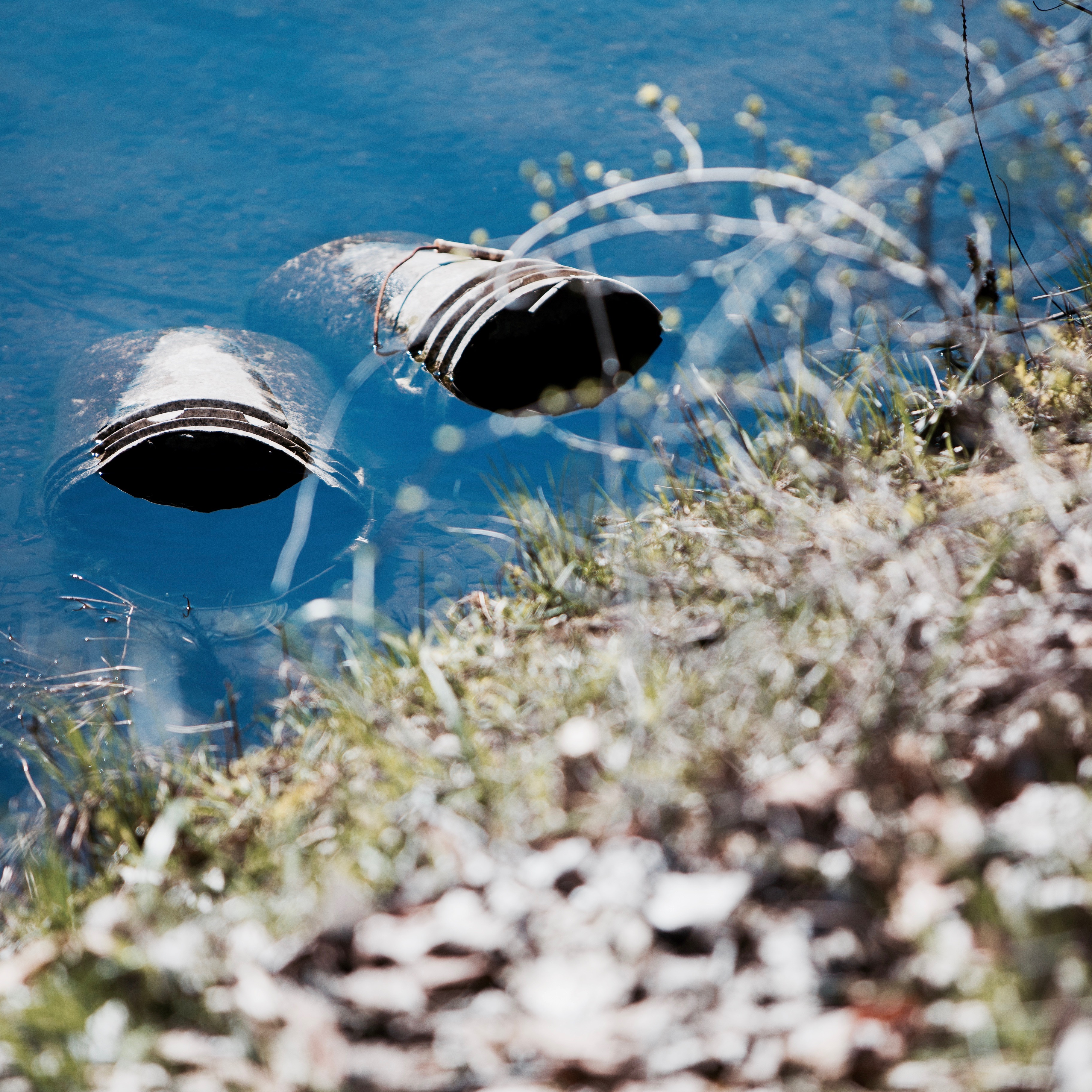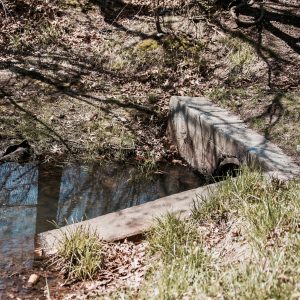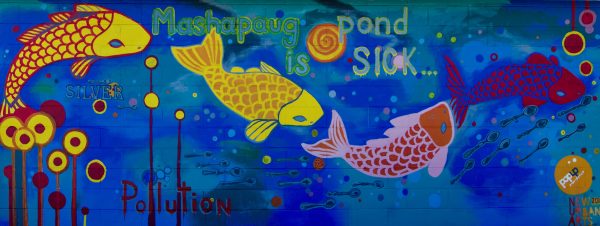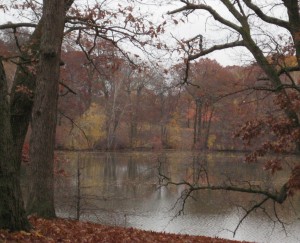
Conservation Law Foundation (CLF) argued Tuesday before the United States District Court for the District of Rhode Island concerning the failure of the U.S. Environmental Protection Agency (EPA) to adequately protect Rhode Island waterbodies from ongoing and devastating stormwater pollution. Despite determinations from EPA and Rhode Island’s Department of Environmental Management (DEM) that Mashapaug Pond, Bailey’s Brook, North Easton Pond, and other nearby waters are seriously harmed by runoff from surrounding commercial and industrial properties, EPA failed to require dischargers to obtain the necessary permits under the federal Clean Water Act.

“One of the great sources of pride for Rhode Island – the Ocean State – ought to be our ponds, rivers and beautiful coastline, but decades of toxic runoff has imperiled our waters, closed our beaches and endangered important wildlife habitats,” said CLF attorney Max Greene. “There’s no question that nasty pollutants like nitrogen and phosphorus, the precursors to toxic algae blooms, are constantly flowing from industrial campuses and commercial shopping centers into nearby waterways, yet EPA has sat on its hands rather than take the legally-required steps to address this rampant contamination. Today, EPA was forced to answer for that neglect in federal court, and we’re optimistic that Rhode Island waters will soon be on the path to recovery.”
Today’s hearing comes on the heels of an announcement from Rhode Island DEM earlier this month that lower Narragansett Bay, lower Sakonnet River, and a portion of Rhode Island Sound are being closed due to toxic shellfish findings associated with harmful algae blooms.
For more information on CLF’s fight to protect Rhode Island from stormwater runoff, please see CLF’s white paper on the issue, “Closing the Clean Water Gap: Protecting our Waterways by Making All Polluters Pay.”
A copy of CLF’s filing can be read here, and photos of the endangered Mashapaug Pond can be seen here.

]]>
 One of the first things I did in Providence, even before the boxes were unpacked, was fish Roger Williams Park. People are sometimes surprised to hear how many fish there are in the ponds… largemouth bass, bluegill, crappy, white perch, and carp (considered invasive but real fun to catch). The ponds are truly a treasure for the urban angler but have long been plagued by poor water quality. That’s why I was so excited to learn of the plan for a multiphase project to improve the ponds’ water quality, habitat, and biodiversity (lot’s of additional info here). Unfortunately, I learned of it just after the initial meeting last fall. In any case, I don’t plan to miss the next one:
One of the first things I did in Providence, even before the boxes were unpacked, was fish Roger Williams Park. People are sometimes surprised to hear how many fish there are in the ponds… largemouth bass, bluegill, crappy, white perch, and carp (considered invasive but real fun to catch). The ponds are truly a treasure for the urban angler but have long been plagued by poor water quality. That’s why I was so excited to learn of the plan for a multiphase project to improve the ponds’ water quality, habitat, and biodiversity (lot’s of additional info here). Unfortunately, I learned of it just after the initial meeting last fall. In any case, I don’t plan to miss the next one:
2nd Public Meeting to Restore Roger Williams Park Ponds
Where: Roger Williams Park Casino
When: Tuesday, February 7th, at 7PM
The plan itself is comprised of the following phases:
Phase 1: “Best Management Practices,” Community Engagement and Restoration Design.
Included in this phase, shoreline planting, wetland construction and waterfowl control to reduce water pollution in the Park, as well as development of a plan and cost estimates for restoration of the entire ponds system.
Phase 2: Full-scale Restoration
Included in this phase, further reductions of on-site pollution and reduction of off-site impacts, continued restoration of biodiversity including control of invasive fish (sorry carp anglers). Of particular importance in this phase will be the planning of ways to address upstream sources of pollution, the watersheds surrounding Mashapaug and Spectacle Ponds.
Phase 3: Migratory Fish Restoration
Included in this phase, restoration of the stream continuity and migratory fish passage along Belafonte Brook (*love it*).
If you can’t make the meeting, volunteers can get involved by contacting the Narragansett Bay Estuary Program (NBEP).
]]>